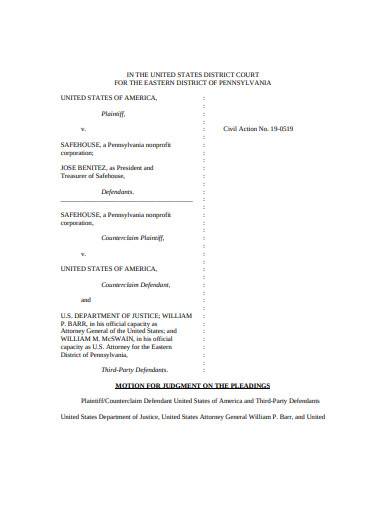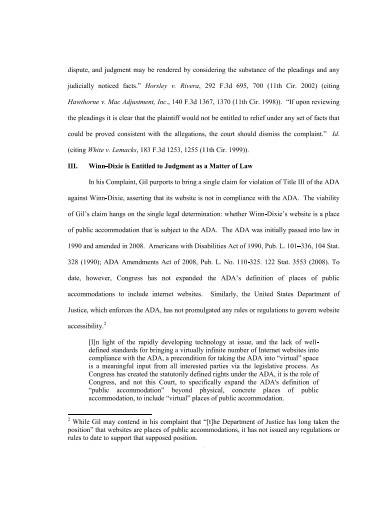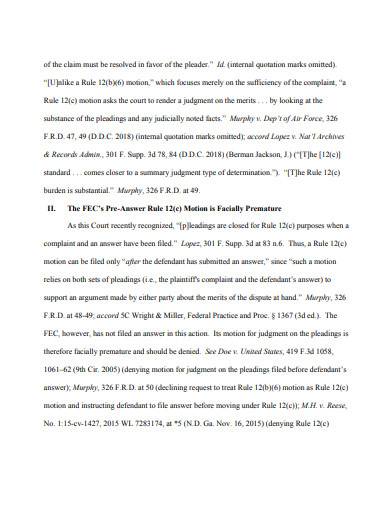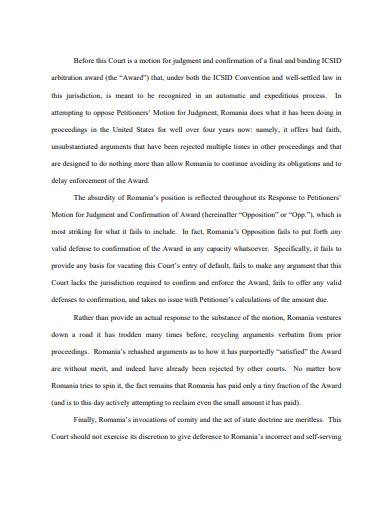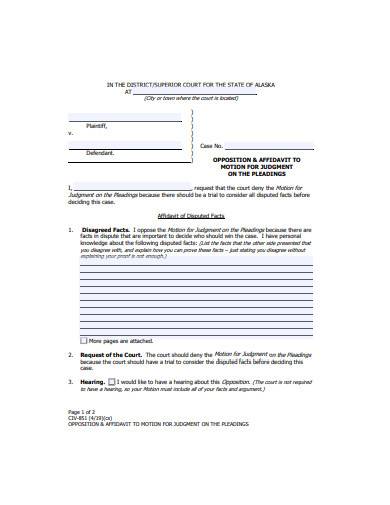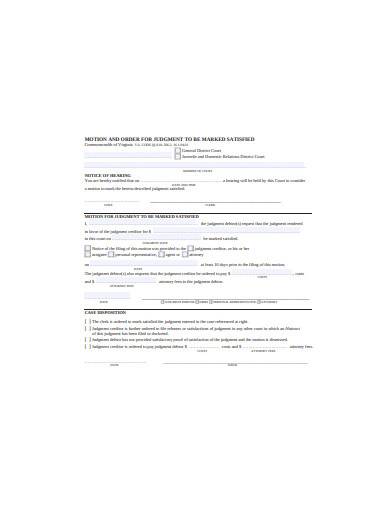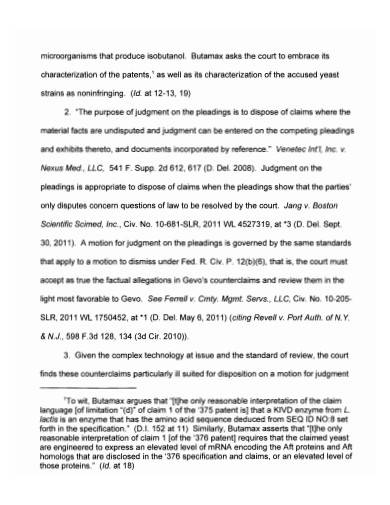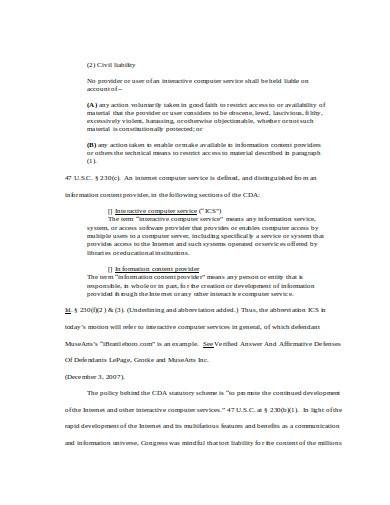Court trials give equal opportunities for the plaintiff and defendant to tell their side of the story regarding a case or lawsuit. Pieces of evidence are presented in court, and witnesses to the said crime or act are called to testify in front of a judge. The judge then makes a decision based on these two crucial factors. However, finding pieces of evidence and witnesses to a crime or act can take a lot of time—affecting when a decision for a case will be made. This situation is taken advantage of by one party, usually the defendant, by filing a motion for judgment. And things can get really rough for the plaintiff if the motion is approved.
What Is a Motion for Judgement?
Judgment is defined as a judicial decision passed by a judge on a case, lawsuit, or other legal proceedings. This official decision is the final decision that the court takes in a legal process. Before the final verdict, though, trials take time because of the presentation of evidence and witnesses in court. The judge studies the case according to the law, the evidence presented, and the witness’ statements. Some cases are even tried for a couple of years or a decade before the passing of a final judgment. Not everybody is willing to wait for this amount of time, and trials that take too long are costly and may cause a certain amount of damage to either party. In this circumstance, one party can make a motion for judgment requesting the court to decide on the case. The judgment may be a guilty sentence, awarding of damages, and a broad range of court orders.
The Final Verdict
The judgment passed in court varies, depending on the situation, how the motion for judgment is made, and the circumstances that lead to the decision. To better understand court decisions or judgment, one must know and understand its classifications. A judge can pass any one of the following judgments: consent decree, declaratory judgment, default judgment, summary judgment, judgment notwithstanding the verdict, and vacated judgment.
Consent Decree
It is an agreement or settlement that is final and legally binding, where two parties agree to a specific outcome. The dispute is resolved without admission of liability in a civil case or admission of guilt in a criminal case between the two parties. In this type of motion for judgment, both the plaintiff and defendant ask the court to enter into their agreement and supervise the implementation of the decree. In the United States, federal courts use consent decrees to ensure that businesses and other industries adhere to particular regulatory laws.
Declaratory Judgement
A party that is involved in legal matters asks the court to affirm or declare the rights, duties, and obligations of one or more parties involved in a legal dispute. A declaratory judgment or declaration is a statutory remedy, and it does not award damages or injunction to any party.
Default Judgement
The judgment passed in a civil lawsuit that is in favor of the plaintiff is a default judgment. This happens when the defendant does not show up in court for the trial or has not responded to the summons sent to them.
Summary Judgement
It is the decision made by the court after the passing of the motion for judgment as a matter of law. For this reason, it is also called as judgment as a matter of law. The court decides summary judgment without a full trial.
Judgment Notwithstanding the Verdict
Non obstante veredicto or JNOV is related to the judgment as a matter of law, where the judge is permitted to exercise discretion to amend or reverse the jury’s verdict. This intervention is rarely granted and is used to avoid unreasonable or extreme decisions made by the jury.
Vacated Judgement
This is a judgement made by the court of appeals which legally voids a previous legal judgement.
10+ Motion for Judgement Samples in PDF | DOC
1. Motion for Judgement Sample
2. Motion for Judgement Template
3. Motion for Judgement in PDF
4. Motion for Judgement Example
5. Formal Motion for Judgement Sample
6. Basic Motion for Judgement Template
7. General Motion for Judgement Sample
8. Sample Motion for Judgement Template
9. Simple Motion for Judgement Example
10. Standard Motion for Judgement Sample
11. Motion for Judgement in DOC
How to Write a Motion for Judgement
You’ll need to file a motion for judgement if you want the judge to do something on your case. In doing so, a written motion is a necessary which enables you to make your request to the judge. Writing a motion to a judge can be easy following the steps we’ve prepared below.
1. Check the availability of the motion
You can’t file a motion whenever you want to. There are specific circumstances and conditions for filing a motion, so you need to know if it is available to you at a certain time in the proceedings.
2. Know the law
Research the law. You must know what you are doing and what you are getting yourself into before you make any actions. Remember that ignorance of the law excuses no one.
3. Introduce yourself and explain your cause
In your motion, you’ll need to tell the judge who you are and other necessary details. For sensitive information, only provide the last four digits of your SSN or Social Security number. Moreover, explain your reason for filing a motion. Your motion will be more effective if you get help from a lawyer.
4. Complete an order form
Some courts may require you to fill out a proposed order form. After completing the necessary forms, submit it to the court clerk along with your motion for judgment that you have written.
If you need help with writing your motion for judgment, then you’ll need to familiarize its format and how the document is written. The samples provided in this article are perfect since you can download a personal copy for your reference. It’s still best to consult a lawyer about legal matters and proceedings, just like a motion for judgment.
Related Posts
9+ Sample Recommendation Letters
7+ Sample Lawyer Resumes
9+ Personal Statement Samples
10+ Sample School Recommendation Letters
FREE 9+ Sample Attorney Timesheets
FREE 10+ Sample Legal Contracts Templates
Personal Statement Samples
8+ Sample Legal Assistant Resumes
What Are the Essential Elements of a Contract?
9+ Sample Legal Letter Formats
8+ Sample Research Log Templates
10+ Sample Name Change Forms
6+ Sample Legal Memo Formats
FREE 8+ Sample Novation Agreement Templates
11+ Sample Paralegal Resumes

